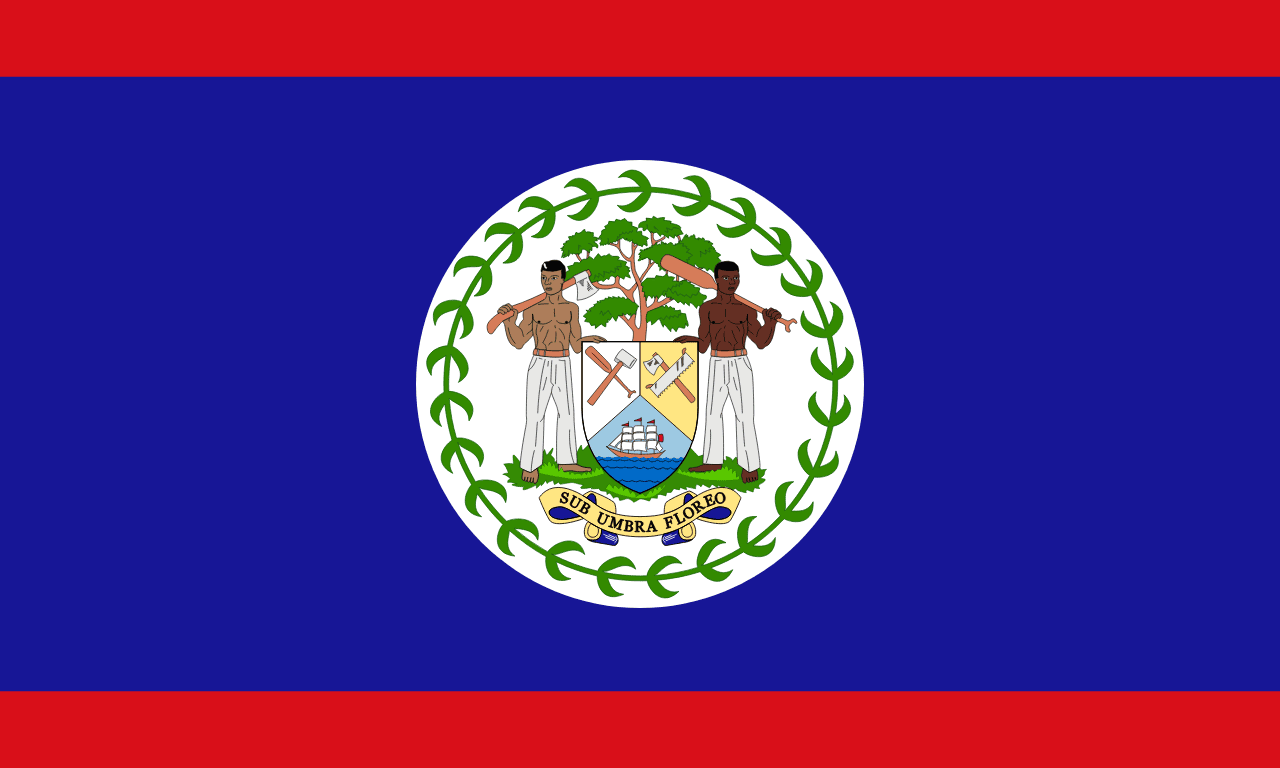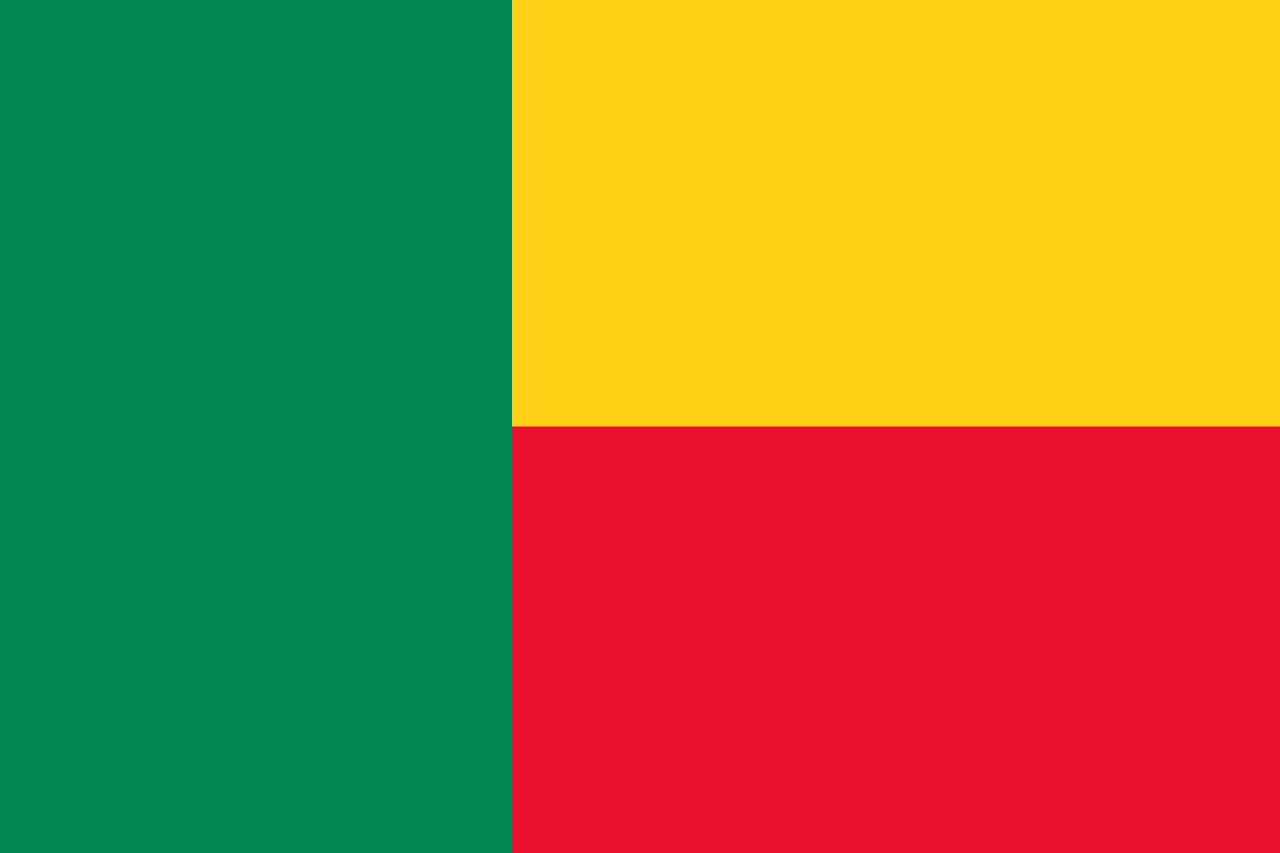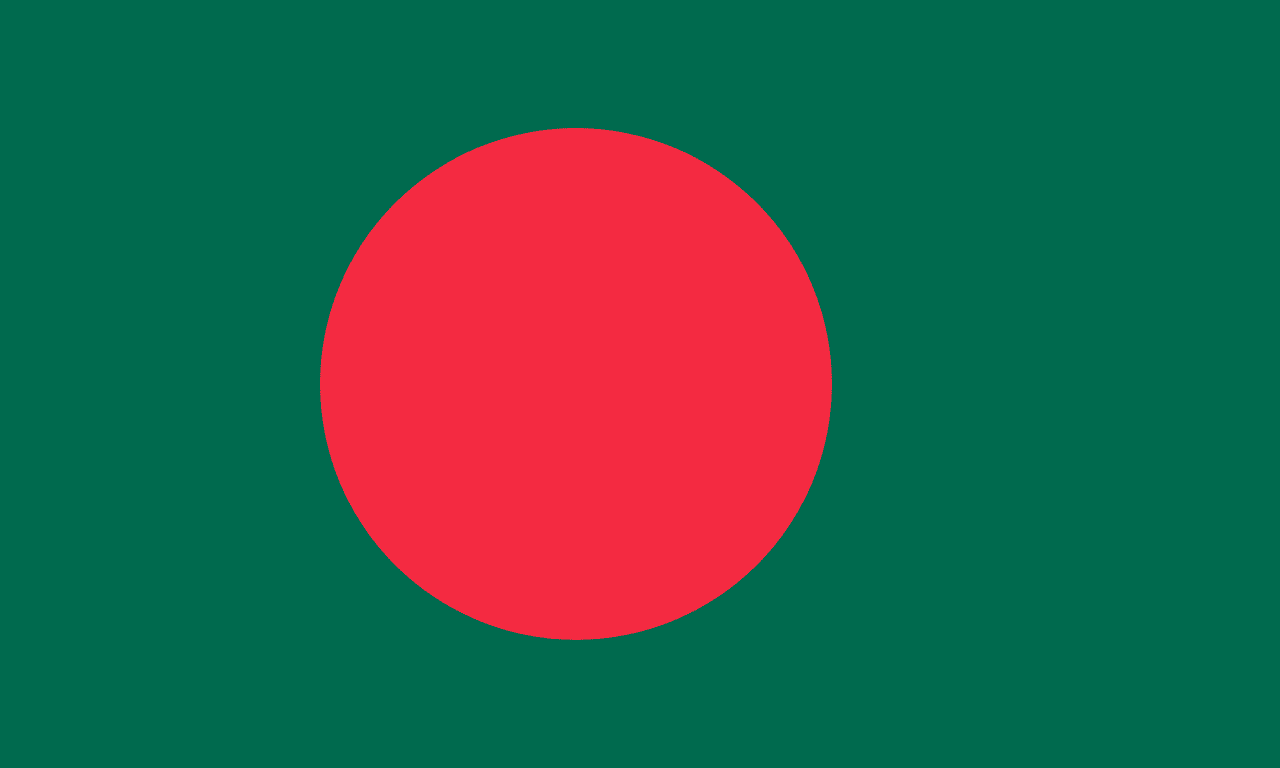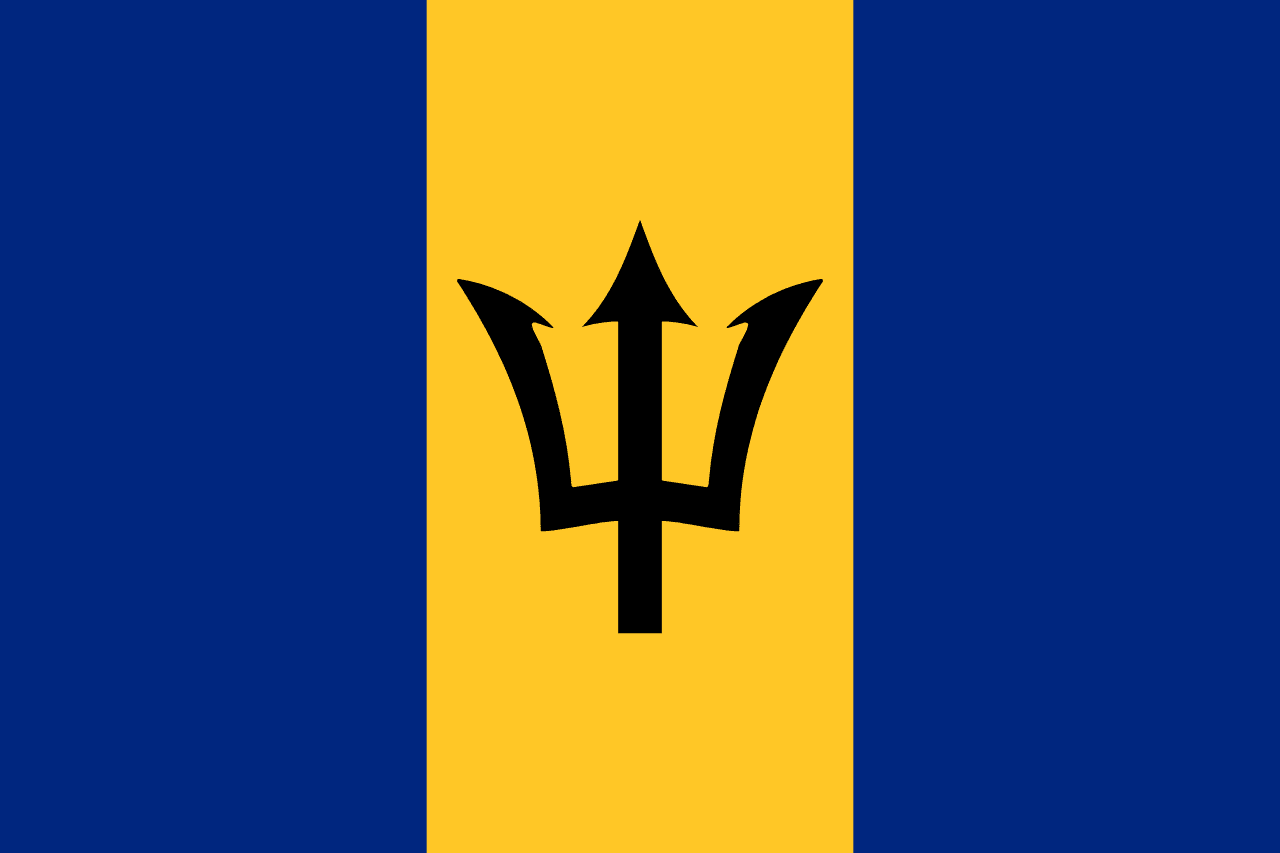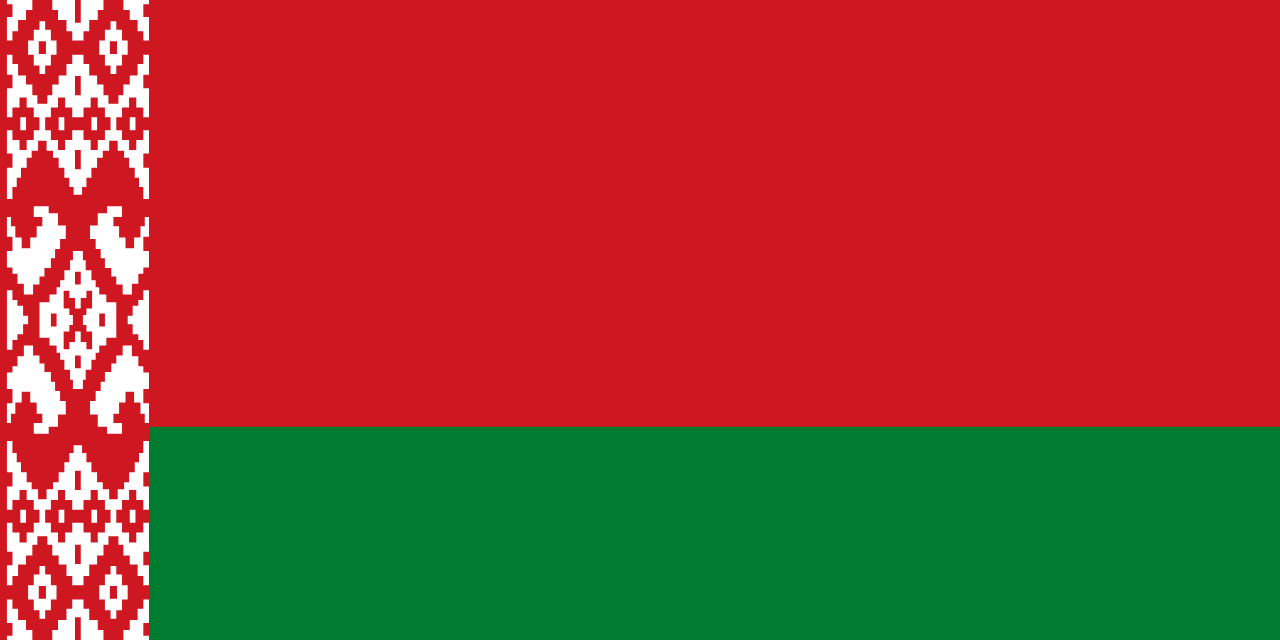The flag of Belgium consists of three equal vertical stripes of black, yellow, and red. This simple yet distinctive design embodies Belgium's rich history, cultural diversity, and national identity.
Belgium information
| National Flag Day | — |
| Sovereign state | Yes |
| Official name | Kingdom of Belgium |
| Capital | Brussels |
| Population | 11,513,285 |
| Area | 30,528 km² |
| Currency | Euro (EUR) |
| Language | Dutch, French, German |
| Continent | Europe |
| Region | Western Europe |
| Subregion | Benelux |
| Borders | France, Germany, Luxembourg, Netherlands |
| Timezone | Central European Time (CET) UTC+1 |
| Calling code | +32 |
| Top-level domain | .be |
History of the Belgian flag
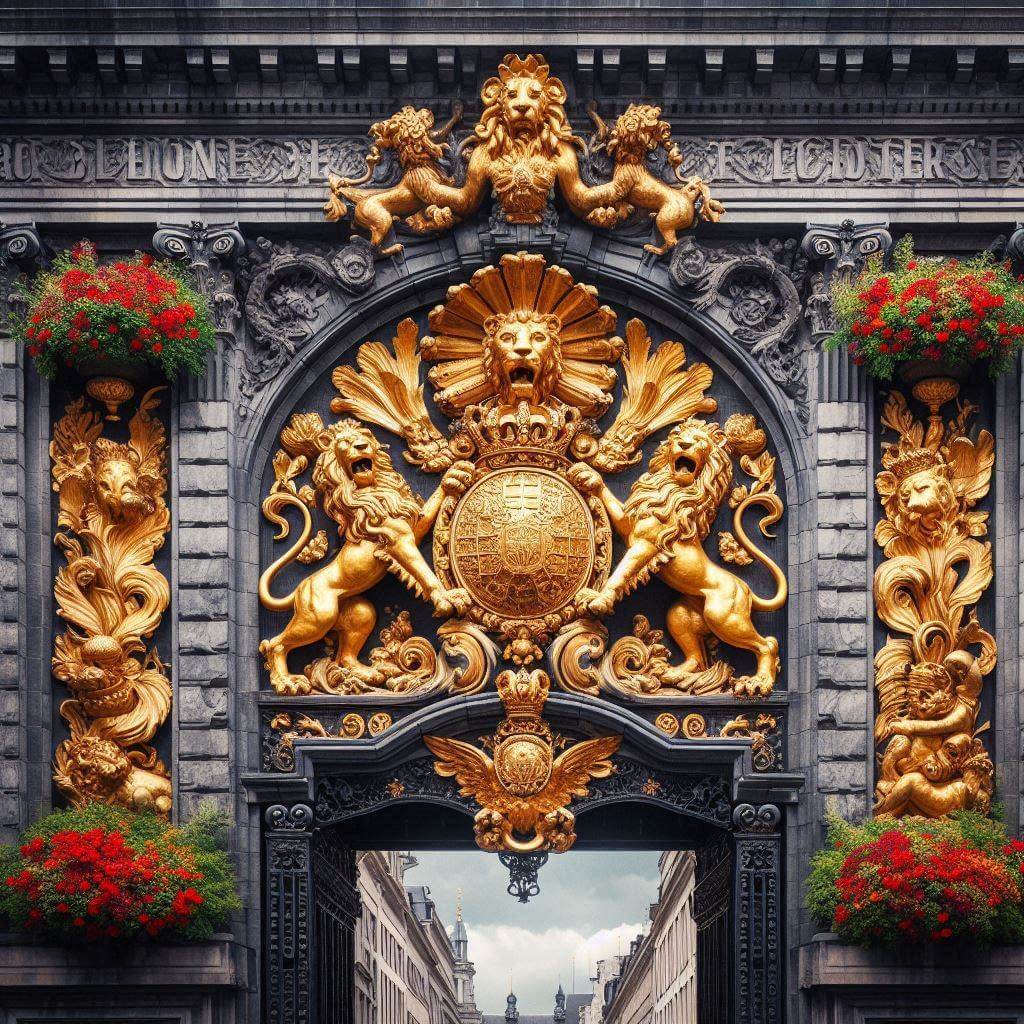 The Belgian flag was officially adopted on January 23, 1831, shortly after Belgium gained independence from the Netherlands in 1830. The design and colors are inspired by the coat of arms of the Duchy of Brabant, a historically significant region during the Belgian Revolution.
The Belgian flag was officially adopted on January 23, 1831, shortly after Belgium gained independence from the Netherlands in 1830. The design and colors are inspired by the coat of arms of the Duchy of Brabant, a historically significant region during the Belgian Revolution.
The flag's vertical tricolor arrangement mirrors that of the French flag, reflecting the influence of the French Revolution and its principles of liberty, equality, and fraternity on Belgian revolutionaries. However, the use of these colors predates the revolution, appearing during the Brabant Revolution of 1789-1790 against Austrian rule.
Symbolism and design of the Belgian flag
Each color of the Belgian flag holds symbolic significance:
- Black represents determination and the historical struggle for independence. It also symbolizes strength and the country's rich coal deposits that fueled its industrial revolution.
- Yellow (or gold) symbolizes the wealth and prosperity generated by Belgium's industries and resources. It also represents the golden lion in the coat of arms of Flanders, one of Belgium's regions.
- Red embodies the blood shed for freedom and the courage of the Belgian people throughout history. It also represents the red lion in the coat of arms of Wallonia, another Belgian region.
The vertical arrangement of the stripes is significant, differentiating it from other similar flags and emphasizing Belgium's unique identity.
Evolution and specifications of the Belgian flag
The flag's design has remained largely unchanged since its adoption, but there have been some clarifications and specifications:
- The flag's proportion is 13:15, slightly more square than many national flags.
- The colors are specified as black, golden yellow, and vermilion red to ensure consistency.
- In 1831, the stripes were initially arranged horizontally, but this was quickly changed to vertical to distinguish it from the Dutch flag.
- The exact shades of the colors were officially defined in 1991 to prevent variations.
Usage and significance of the Belgian flag
 The Belgian flag is a powerful symbol of national unity and pride. It is prominently displayed on government buildings, schools, and public institutions throughout the country. During national holidays, particularly Belgian National Day on July 21st, the flag takes center stage in celebrations across Belgium.
The Belgian flag is a powerful symbol of national unity and pride. It is prominently displayed on government buildings, schools, and public institutions throughout the country. During national holidays, particularly Belgian National Day on July 21st, the flag takes center stage in celebrations across Belgium.
In international contexts, the Belgian flag represents the nation at diplomatic events, European Union gatherings, and global sporting competitions. It serves as a visual ambassador, instantly recognizable and respected worldwide, embodying Belgium's sovereignty and cultural heritage.
Interesting facts about the Belgian flag
- Belgium's flag is one of the oldest national flags in the world to use vertical stripes as its design, predating many other similar tricolors.
- The colors of the Belgian flag have influenced the flags of several other countries, including Chad and Romania, leading to some confusion in international settings.
- In Belgium, the national flag is often flown alongside the flags of the country's regions and communities, reflecting its federal structure.
- The Belgian naval ensign features the national tricolor with a black crown above crossed cannons in the center of the yellow stripe.
- During World War I, the Belgian flag became a symbol of resistance against German occupation, with many civilians risking their lives to display it.
- The flag's colors are often used in Belgian national sports team uniforms, particularly in football, where the national team is known as the "Red Devils".
- In Belgian heraldry, the national colors are used in various official emblems and coats of arms, reinforcing their significance in national identity.
